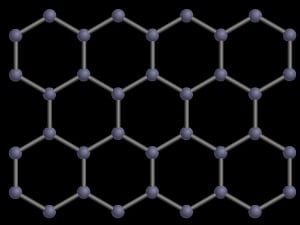
The clever folks at the University of Cambridge’s Graphene Centre, however, are hoping to change that.
Their plan? To create ultra-high density HDDs using graphene. The Cambridge researchers aren’t wasting any time, either. They recently published a paper in Nature, where they detailed a process by which they’ve substituted a graphene overcoat for the current standard carbon-based overcoat.
In order to increase hard drive capacity, HDD manufacturers have decreased the distance between the head and the platter. Back in the 1990’s, the distance averaged 12.5nanometers (nm), while in today’s HDDs, that distance has shrunk to just 3nm. The resulting shrinkage has allowed a storage capacity of about 1 terabyte per square inch. Three nanometers sound tiny, but a graphene overcoat is only one atom thick, which is how the researchers were able to create hard drives with such an incredible amount of storage.
The researchers had this to say about their project:
“Demonstrating that graphene can serve as protective coating for conventional hard disk drives and that it is able to withstand HAMR conditions is a very important result. This will further push the development of novel high areal density hard disk drives.
Considering that in 2020, around 1 billion terabytes of fresh HDD storage was produced, these results indicate a route for mass application of graphene in cutting-edge technologies.”
A very important result indeed.
At present, there’s no timetable for when we might see a commercially produced graphene HDD, but just knowing that they’re possible is incredibly exciting and represents a potential renaissance in storage technology.







